There are also the camps set up by the Roma community around the city (see photo below), which are regularly pulled down by the police. Another problem that doesn't seem to have a solution.
"There have been more and more French people ending up on the streets in recent years with rising unemployment. And there is a problem with the lack of local solidarity," Louis-Xavier Leca, Director of La Cloche, an organisation that promotes relationships between neighbourhood businesses, residents and the homeless living there, told The Local.
"After my own experience spending time in Chile and West Africa, I think it can be worse to fall on hard times in Paris than in poorer countries. People tend to be more isolated here," he added.
Drugs
The problem of drugs blights most cities but it often appears more visible in certain parts of Paris.
Obviously if you head over to the wealthy 8th or 16th arrondissements you are unlikely to get the impression that the City of Light is overrun by dealers and crack addicts.
However try parts of the 19th, 18th or 10th arrondissements where authorities and police have struggled to deal with the extent of the problem.
After police moved in to close a so-called "crack hill" on the edge of the city earlier in 2018 dealers and their addicts moved into more central parts of the city.
Place de Stalingrad which borders the 10th, 18th and 19th arrondissements and is home to trendy bars became the new hub for dealers selling crack for as little as €6.
Gare du Nord
Gare du Nord is often cited by visitors as being a somewhat underwhelming even dirty and smelly introduction to Paris.
From the smell of urine outside, the dilapidated ceilings, lack of signage and leaky ceilings to the narrow platforms, closed shops, lack of space or the general all round filth, the station has a few well-documented issues.
Part of the problem is the station is located in one of the city's most problematic areas for drugs and alcoholics, with other stations in the north east of Paris showing signs of the strain.
Photo: AFP
Homophobic violence
Paris is not a city people associate with homophobia given its thriving gay scene.
If you judged the city by a night out in the Marais quarter you wouldn't get the impression the city's gay community were cowering in fear.
They are not, but that doesn't mean there isn't a longstanding problem with homophobia.
"I'm gay and this is 2018," said Guillaume Mélanie, President of
Urgence Homophobie, pictured below on the right, who was one of the victims.

Mayor Anne Hidalgo has vowed to take action and former deputy mayor of Paris, Bruno Julliard also regretted "the proliferation of homophobic attacks, public insults, savage 'outings' and incessant insults on social networks.
"Homophobia is doing very well in 2018. It is no longer bearable, it requires collective action: the police, justice system, schools, associations. Quickly," he said.
Antisemitic attacks
There have been 11 anti-Semitic murders in France since 2000 but the killing of an 85-year-old Holocaust survivor in her Paris home in March 2018 which echoed that of another elderly Jewish woman in Paris, left the community in France particularly shocked and scared.
It's not just the brutal murders.
And the incident when anti-Semitic graffiti reading "Jewish scum live here" was scrawled on the door of a Paris apartment building caused shock and anger in the French capital.
Inequality: Paris vs. the banlieues
When people think of the Paris banlieues (if they do at all), it's likely they either think of them at best as grey, lifeless neighbourhoods full of tower blocks and at worst as places of poverty, violence and crime. There is an element of truth to both.
And it's also true that life in the banlieues is startingly different to life in the French capital, essentially because they've been neglected over the years at the expense of the inner city centre where threre is more wealth, as well as resources and prospects. This is actually referred to as the "donut effect".
Successive French governments have been accused of failing to do enough to mend the massive inequality and have been accused of following an "out of sight, out of mind" approach to the banlieues.
In truth, most visitors to Paris will have little reason to venture beyond the peripherique ring road which acts as the barrier between Paris and "not-Paris".
Despite the soul-searching prompted by the outbreak of those riots and may since, there has been very little positive outcome.
And that's in spite of various government initiatives and billions of euros spent over the years.
"There's been a decline that has set in in recent years that is approaching on the irreparable, because ten years on these suburbs are no longer producing rioters, they are producing terrorists," said Malek Boutih, an MP for the département of Essonne to the south of Paris and former head of SOS Racism in 2015
On the plus side, the Grand Paris project should at least boost transport links to the outer suburbs and is a sign that psychologically at least Paris is starting to acknowledge it must think of itself as a city whose limits don't suddenly stop at the periphérique.
Photo: AFP
Gangs
The violence has once again focused attention on an issue -- not one that is not particularly new but one which is increasingly worrying the French authorities -- in part due to the young age of those being drawn into violent groups.
"It's very worrying. There is real trivialization of violence among young people. These are boys as young as 13, more often that not from tough neighbourhoods, who are marginalized and often not in schools. They also lack any kind of parental framework," Yvan Assioma, from the Alliance police union, told The Local.
Photo: AFP
Since 2009 a special police unit has been tasked with monitoring and mapping the violence among rival groups of youths. There are believed to be around 40 different groups in Paris, mostly based in the outer arrondissements in the north and east of the city.
Police are however reluctant to call them "gangs", because they insist there is very little organisation and structure.
"These are just young people, who might be from the same arrondissement, block of flats or school. There might be a core of five or six, perhaps up to 10, but then they can grow very quickly if needed," said Assioma. "And they can also dissolve pretty quickly too.
"There is no leader or structure like in organised gangs and they often just form for a spontaneous event for any kind of motive."
Threat of terrorism
The threat of terrorism has plagued France and in particular its capital since 2015, after jihadist attacks left scores dead.
Despite the violence, bars, restaurants and music venues have recovered well since the attacks in November 2015 and Parisians go about their daily lives as normal.
It is still the norm to see soldiers and armed police wandering around the tourist hotspots as well as quiet, residential areas of the city.
Attacks on police and soldiers at tourist sites
including Notre-Dame,
the Champs-Elysees and the Louvre means a high police and military presence is inevitable and given most experts believe the threat will remain for a generation, it is likely to remain that way.
There has also been a marked increase in general security, such as guards at the entrances to bars, shops and concert venues with customers and revellers forced to undergo body searches and bag checks.
While this doesn't really fit in with the fairy tale image of Paris that is so popular worldwide, locals have just got used to it and although tourists numbers have fallen, millions still come through the arrival gates.
This article has been updated since it was first published earlier in 2018.

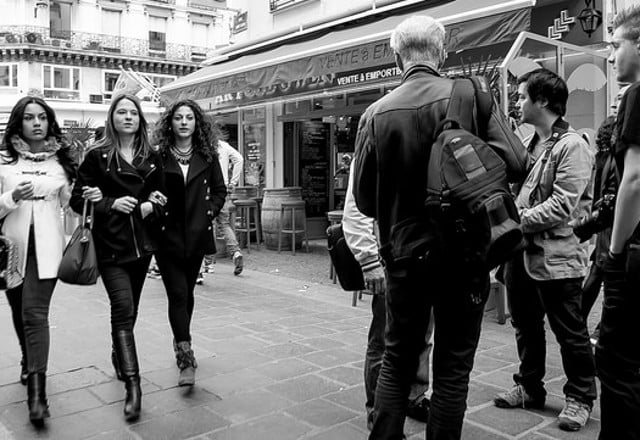
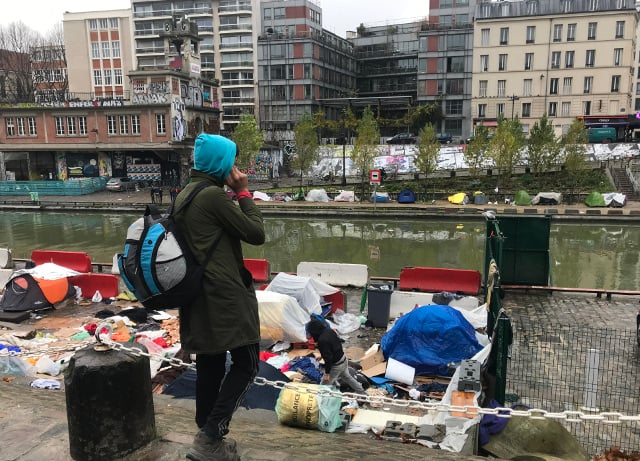 Tents by Canal Saint Martin, Paris. Photo: Rory Mulholland
Tents by Canal Saint Martin, Paris. Photo: Rory Mulholland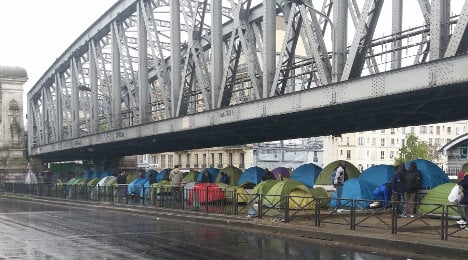 (A migrant camp under Line 2 of the Paris Metro in 2015. It has since been destroyed.)
(A migrant camp under Line 2 of the Paris Metro in 2015. It has since been destroyed.)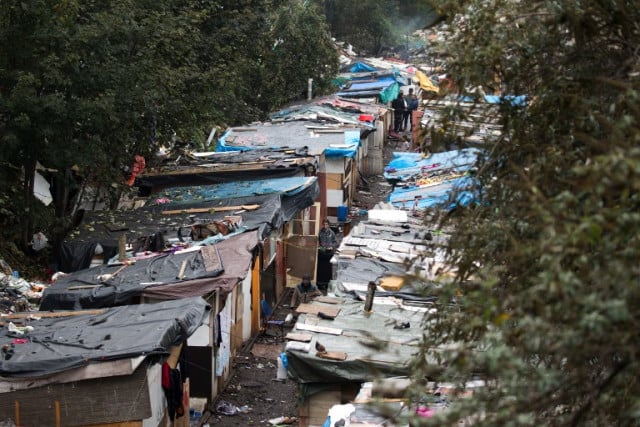 (AFP)
(AFP)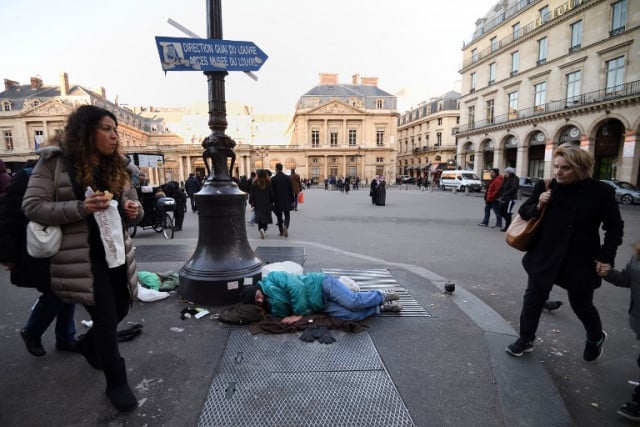
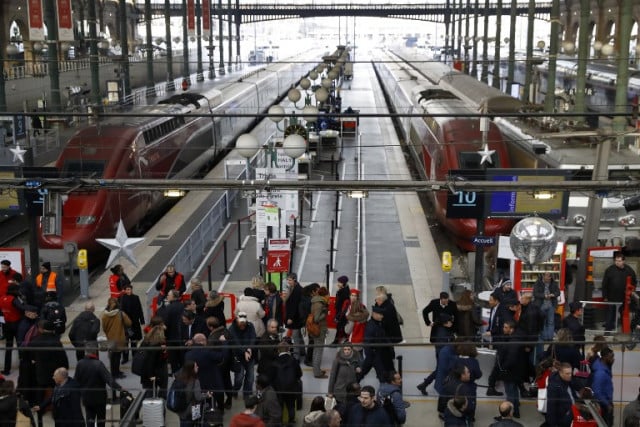

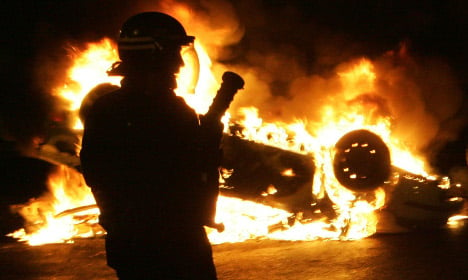
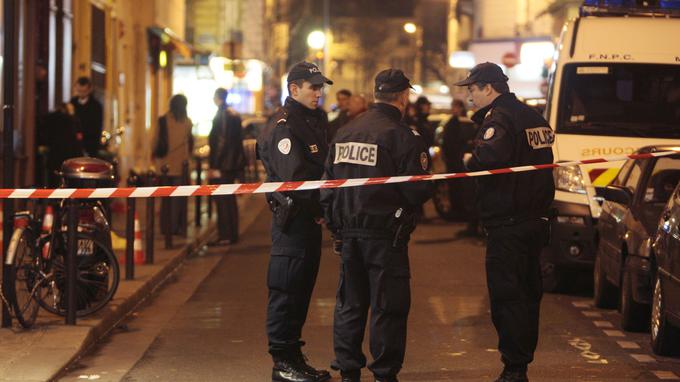
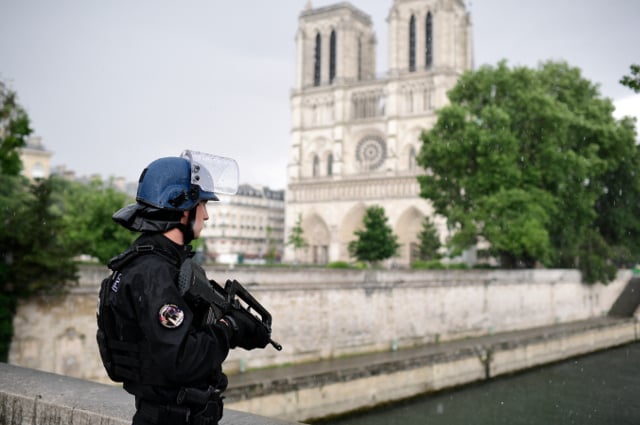
Join the conversation in our comments section below. Share your own views and experience and if you have a question or suggestion for our journalists then email us at [email protected].
Please keep comments civil, constructive and on topic – and make sure to read our terms of use before getting involved.
Please log in here to leave a comment.